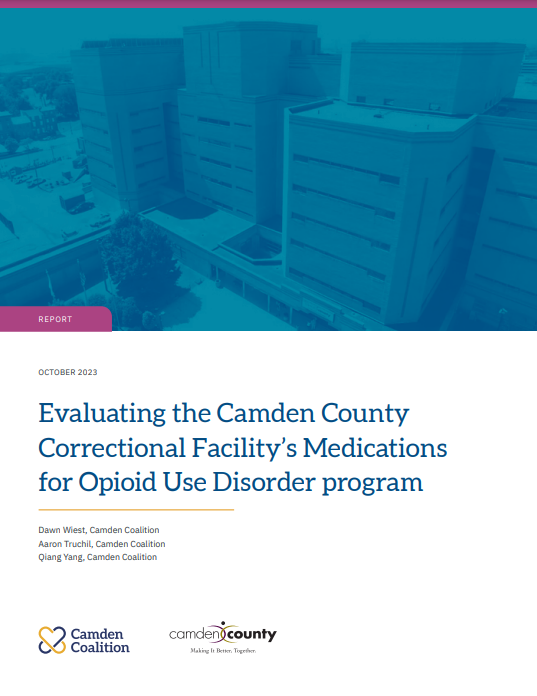Headline
A jail-based medications for opioid use disorder (MOUD) program reduced post-release overdose rates for people with opioid use disorder (OUD).
Context
People leaving the correctional system are at high risk of opioid overdose, but few jails and prisons provide MOUD, which have a strong evidence-base for treating OUD and reducing overdose. This evaluation assessed the impact of a jail-based MOUD program on overdoses and reincarceration following reentry.
Findings
The authors compared outcomes for a group of over 450 program participants with a comparison group of over 800 individuals with a prior OUD diagnosis who did not receive MOUD treatment while in jail. Most program participants received Suboxone (75%), followed by methadone (15%) and Vivitrol (10%). Program participants were 41% less likely than non-participants to experience an overdose within 180 days of release from jail, and 39% less likely within 365 days. No clear association between MOUD treatment and reincarceration was identified.
The study found that past overdoses were associated with an increased risk of overdose following release from jail; however, this risk was mitigated by receiving MOUD treatment. Additionally, eligible Black individuals were less likely than white individuals to receive MOUD, which the authors highlight as an important area for further evaluation.
Takeaways
Jails are a critical access point for people with OUD in the criminal legal system to either initiate or continue MOUD. Health care providers and jail personnel can consider incorporating MOUD programming into jail settings to improve post-release outcomes for people with OUD. Streamlining communication with community-based providers regarding prior medical history (particularly prior OUD diagnoses or overdoses) and referrals to treatment following release can help increase the impact of jail-based MOUD programs.

